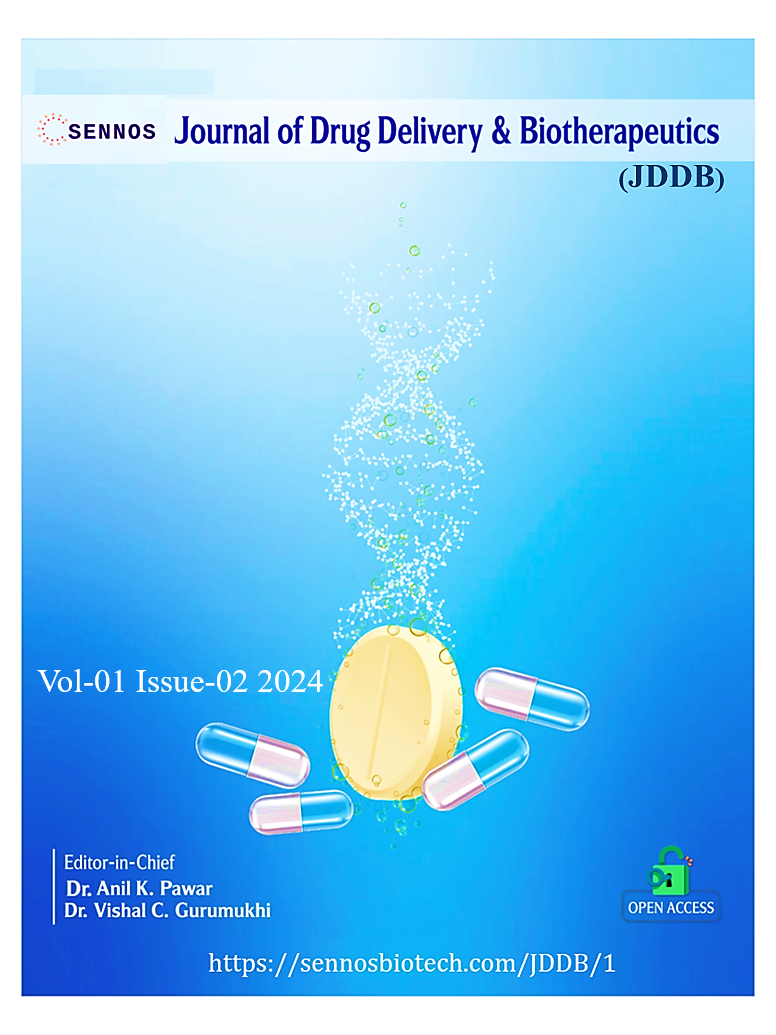Nanotechnology-Based Approaches for Parkinson’s Disease: Progress in Drug Delivery and Regenerative Medicine
DOI:
https://doi.org/10.61920/jddb.v1i02.148Keywords:
Nanotechnology, Parkinson's Disease (PD), Drug Delivery Systems, Blood-Brain Barrier (BBB), Lipid Nanoparticles, Polymeric NanoparticlesAbstract
Nanotechnology is emerging as a promising frontier in the development of next-generation drug delivery systems, offering innovative solutions to address the challenges associated with Parkinson’s Disease (PD). PD, a neurodegenerative disorder characterized by the loss of dopaminergic neurons, poses significant therapeutic obstacles, including poor drug solubility and stability, low permeability across the blood-brain barrier (BBB), and a lack of treatment specificity. Nanotechnology-based approaches provide opportunities to overcome these limitations by improving drug delivery, enhancing neuroprotection, and supporting neuronal regeneration. This review focuses on several nanotechnology-driven strategies, including lipid- and polymeric-based nanoparticles that improve drug solubility, stability, and targeted delivery across the BBB. It also examines the application of CRISPR-Cas9 delivery systems for precise gene editing, offering disease-modifying potential, and explores the integration of stem cell-based regenerative therapies for restoring dopaminergic neurons and repairing damaged neural networks. Beyond these approaches, the potential for nanotechnology to enable personalized treatments and novel therapeutic interventions is discussed. While nanotechnology holds significant promise in advancing PD management, critical challenges remain, including concerns about safety, reproducibility, scalability, and clinical adaptation.





